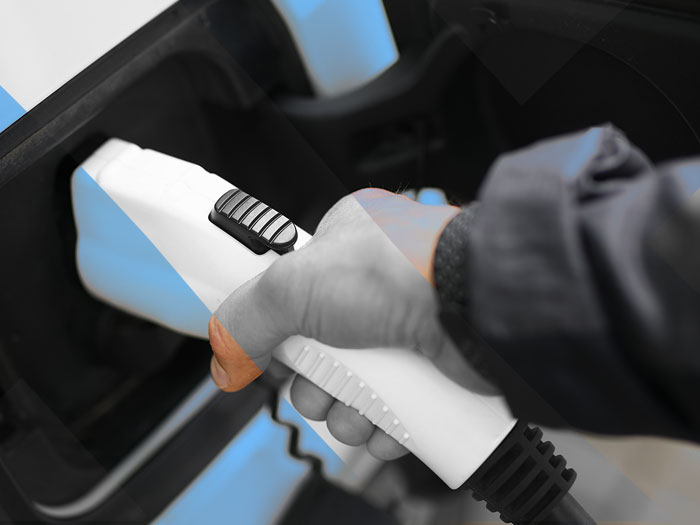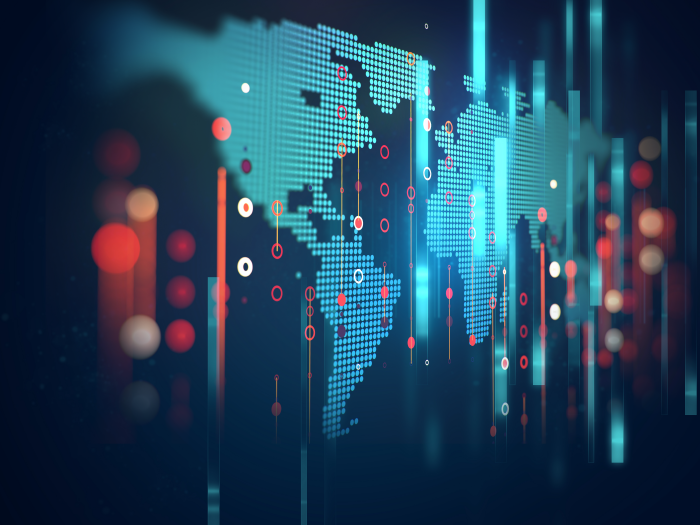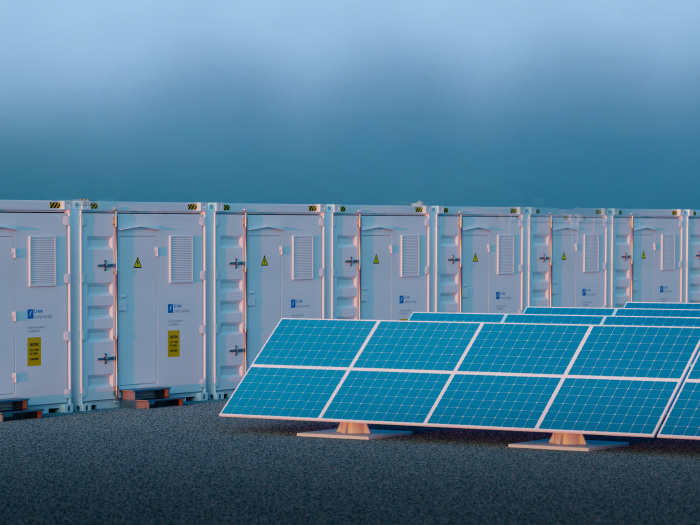News
better business decisions
Posted 3 years ago | 4 minute read

CTO Insight Part 1: AI & Machine Learning in Energy
It’s well known that technology is the key to unlocking the true potential in the energy network. But, with umbrella terms such as ‘Artificial Intelligence’ thrown around with abandon, we got our CTO, Padraig Curran, to explain the true meaning and how it applies to the technology GridBeyond uses.
How would you describe AI?
When we talk about AI or artificial intelligence, we are talking about the concept of machines solving problems in a similar way to humans. This is all about using past learnings to solve those particular problems. Machine learning and neural networks are actually applications of artificial intelligence. The new types of models can be used to solve specific problems and help us in drawing intelligent conclusions to the ever-increasing data sets that we have to deal with. The number of assets that we deal with on a day-to-day basis is growing. The markets that we operate in are expanding, and even the sampling rates and quantity of data that we physically harvest from assets is growing, so these techniques and applications are essential.
How does GridBeyond apply AI at the moment?
We extract market intelligence and understand where the opportunities are going to lie in the market. By looking at market fundamentals, as well as environmental aspects and asset parameters, our Point platform can determine how the market is going to fall and where opportunities might lie for each asset under our management.
When we look at neural networks and machine learning, we think about the ways we can develop optimised forecasts for the assets that we’re working with. This could be in terms of both the physical quantity or volume that’s going to be available from those particular assets and the constraints associated with those assets. Marrying both of those gives us better insights in terms of what is going to be available, when it’s going to be available and how we might then use those assets to maximise revenue from them.
A practical example might be managing a relatively new asset type, such as a battery. We would use these models to understand better and combine the energy limited capability of these assets. While batteries are very flexible, they also have energy limitations, warranty limitations in terms of how you can use them, and depletion limitations if they’re also being used for back-up.
By applying techniques, such as machine learning, we can better optimize how we use the battery, better understand what’s going to be available for us, and better understand how we might employ that asset across the various services available in today’s market in real-time.
What similarities do you see in the application of AI across the globe?
If we look at Great Britain, Ireland, and the USA, taking Texas as an example, they’re all facing the same fundamental change. All three markets are dealing with increasing penetration of renewable generation. This brings plenty of advantages in terms of carbon and the commodity cost of energy for end consumers. For system operators, there are significant new challenges. This is where automation and machine learning plays their part.
The inertia that’s on the system has dramatically decreased, and that brings new balancing challenges for system operators. This leads them to need new types of schemes to help them manage and balance the system. In a lot of cases, new technologies are required to deliver these new services.
What would you say are the key strengths in GridBeyond’s AI platform?
One of the strengths of GridBeyond is that we have a indepth understanding of an extremely diverse data set across a wide variety of assets, industries, locations (BTM/FTM/Colocation). We have also developed the platform to enable hybridisation at both a network level and a site/VPP level.
Our technology enables us to hybridise battery assets with typical demand assets like pumps and heaters, glass boosters, furnaces, refrigeration plants to deliver sophisticated dynamic frequency response schemes, which traditionally would have been delivered by conventional generation. Some of the newer balancing programmes require battery type technology. We hybridise demand assets with battery technology to deliver these services. That gives a fundamental economic advantage in terms of those types of units in the market.
For more information on how GridBeyond’s technology can help your business improve its bottom line through enhanced energy services, contact our friendly team.







